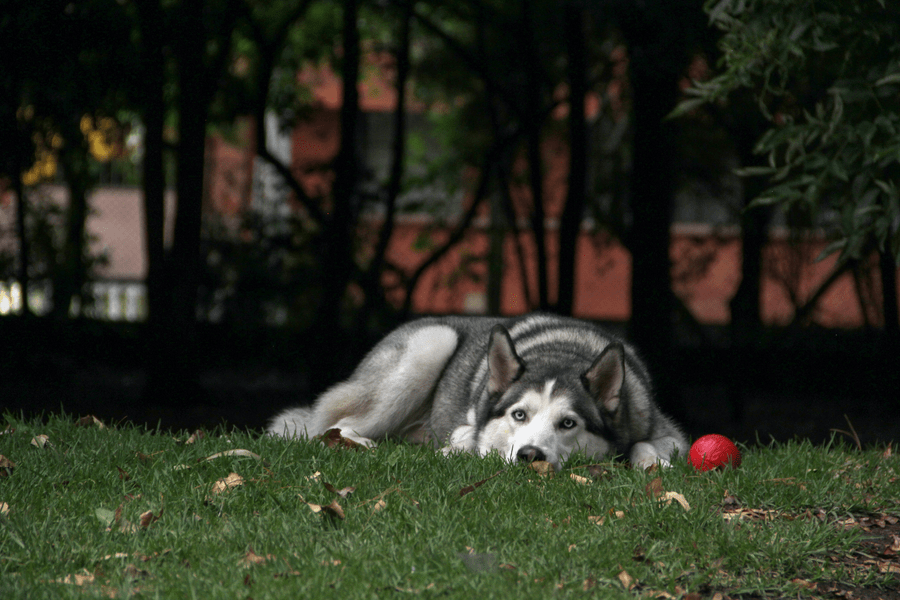Why Your Dog Hates Dog Parks and What To Do About It

What’s not to love about dog parks? There’s fresh air, plenty of space, and lots of other dogs and people to play with.
In reality, not every Fido will love a trip to the park or the beach. That doesn’t mean there’s something wrong with your pooch. It also doesn’t make you a bad fur parent.
Why does my fur baby hate dog parks?
There can be several reasons why your dog doesn’t enjoy a trip to a park near you. Here are a few:
1) Bad dog park setup
Dog parks come in different sizes and layouts. If the one you frequently visit does not come with the right equipment it may cause a few problems.
Here are some of the questions you should ask: Does the dog park near you have a separate space for big dogs and small dogs?
Is it big enough to accommodate the number of fur babies visiting regularly?
2) Socialization issues
Did your dog have enough opportunity to socialize during puppyhood? If not, his hesitation towards dog parks could be because of socialization issues.
The lack of positive experiences with his kind can overwhelm Fido and cause him to misunderstand signals from other dogs.
3) Unruly patrons at dog parks
Not all dogs will be properly trained and disciplined and not all pet parents understand the dos and don’ts at the dog park.
Aggressive, rambunctious, and undisciplined dogs may cause your fur baby’s aversion to parks.
4) Undiagnosed illness or pain
If your dog often reacts to high-intensity play by retreating or hiding behind you, he may be suffering from undiagnosed illnesses or pain.
Check with a veterinarian if you suspect that your dog may not be feeling well.
It’s also important that you understand the difference between acute and chronic pain.
According to veterinarian Dr. Lindsey Fry, acute pain can usually be obvious, while chronic pain doesn’t always have clear signs.
5) Your dog’s personality
Even if your fur baby has had plenty of opportunities to play with other dogs during his formative years, he may still not like trips to the dog park.
It could just be his personality. Playstyles can also vary depending on your dog’s breed. Labradors, for example, play very differently than bulldogs and chihuahuas.
Fido might also prefer the company of humans more than he enjoys the company of his kind and that’s okay.
What you can do to help your pooch enjoy a trip to the dog park
1) Pick the right dog parks
Spend enough time researching a dog park near you. Check if it has the right equipment, which can range from leash posts, dog water fountains, benches, waste stations, and dog courses.
Overcrowded parks can lead to frightening interactions, especially if your dog did not get enough socialization when he was younger.
Check the capacity of the park before going. There should be enough space for dogs and humans to do their activities.
There should also be a separate space for big dogs and small ones.
2) Invest in socialization programs
Make sure you do this during your pup’s early years, especially his first month.
The best window of learning in a dog’s life, according to the website of the Animal Humane Society, is during three weeks of age. This window closes between 16 and 20 weeks.
Bring your puppy to classes headed by veterinarians and professional dog trainers. These “schools” expose Fido to different sights, sounds, and smells at an age where he’s curious about his surroundings.
Puppy classes also allow your dog to have playmates that are the same age as him.
Playing with dogs his age allows your pet to have positive experiences, which can help shape how he relates with other dogs and people.
3) Go to dog parks during off-peak hours
Parks are usually very busy during lunchtime or after work during weekdays. It’s best to go early in the morning or later in the evening to avoid the majority of park-goers.
You can also limit the amount of time you spend at the park to 30 minutes up to an hour.
4) Pick a playdate
In case your dog doesn’t warm up to parks, pick a playdate to hang out with him instead.
Fenced parks where your fur baby and his buddy can roam around without other dogs can be less stressful.
Some dogs may prefer the company of only one dog compared to several that he isn’t familiar with.
You can also bring a family member with you to help your dog feel more at ease.
5) Bring Fido to the vet for regular checkups
If you notice your dog crying or doing other types of vocalization, he may be experiencing acute pain.
Pronounced limps, a change in mobility, swelling, redness, and heat are also signs something is wrong.
Chronic pain can be a bit trickier to spot. Dogs don’t usually show signs that they are in chronic pain.
Bring Fido to the vet regularly to avoid chronic pain from going unnoticed and developing into something worse.
You’re not a bad fur parent.
If your dog still doesn’t warm up to dog parks after you’ve tried all these tips, maybe it’s time to try other forms of play and exercise.
You can try long walks or trips to the water park and the beach instead.
Remember that you are not a bad fur parent if your pooch hates the dog park.
Much like you, his experiences have also shaped the way he looks at certain activities and destinations.
So try not to blame yourself. There are plenty of other ways for you and Fido to exercise and have fun.
